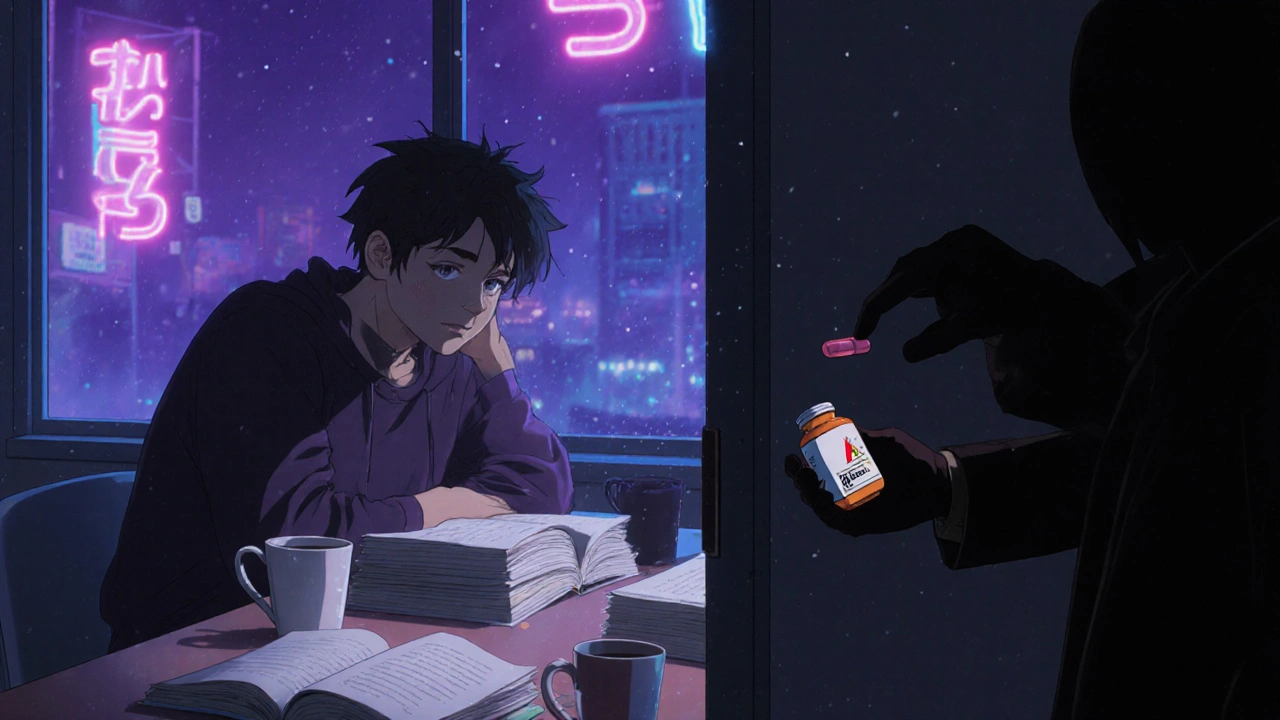When people take prescription drugs in ways not meant by their doctor—like taking more than prescribed, mixing them with alcohol, or using someone else’s pills—that’s prescription drug misuse, the unsafe or unintended use of legally prescribed medications. Also known as pharmaceutical abuse, it’s not just about getting high. It’s about accidental overdoses, heart rhythm problems, internal bleeding, and addiction that sneaks up quietly. This isn’t a problem limited to teens or street drug users. It’s happening to grandparents taking extra painkillers for arthritis, people combining sleep aids with wine, or those who’ve been on opioids too long and don’t know how to stop safely.
One of the quietest dangers is how macrolides, a class of antibiotics like azithromycin and clarithromycin can trigger dangerous heart rhythms when mixed with other meds. Or how alcohol and blood thinners, like warfarin, can send your INR levels crashing, leading to uncontrolled bleeding. Even common pain relievers like diclofenac sodium, an NSAID, become risky when taken long-term or with other drugs. These aren’t edge cases—they’re documented, preventable events that show up in real patient stories.
And then there’s opioids in older adults, where even small doses can cause falls, confusion, or death. Seniors often get prescribed multiple meds without anyone checking how they interact. A single extra pill, or a glass of wine with a painkiller, can be enough. It’s not about being careless—it’s about systems failing people who trust their prescriptions to be safe.
You don’t need to be an addict to be at risk. Misuse starts with a simple thought: "This worked last time, so I’ll take another." Or "My friend said this helped their back pain, so why not?" That’s how it spreads. The posts below show real examples: how people misused antibiotics, mixed alcohol with anticoagulants, took too much pain medicine, or didn’t realize their epilepsy meds reacted badly with aspirin. These aren’t horror stories. They’re red flags that could’ve been caught earlier.
What you’ll find here isn’t just warnings. It’s practical insight—from how to spot the early signs of misuse, to how to talk to your doctor about cutting back, to understanding why some meds are riskier than others. You’ll learn what combinations to avoid, what symptoms to watch for, and how to protect yourself even when you’re following your prescription. This isn’t about fear. It’s about awareness. And it’s never too late to ask the right questions.

Medication safety for college students means understanding the risks of prescription drug misuse, how to store and dispose of meds properly, and finding healthy ways to cope with stress. Learn the facts, avoid sharing pills, and get help when you need it.